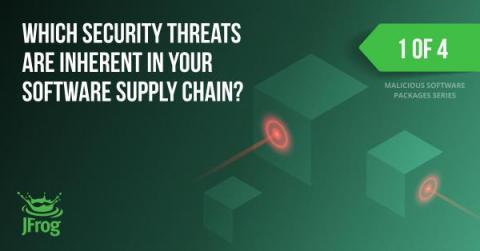Sysdig TRT uncovers massive cryptomining operation leveraging GitHub Actions
The Sysdig Threat Research Team (Sysdig TRT) recently uncovered an extensive and sophisticated active cryptomining operation in which a threat actor is using some of the largest cloud and continuous integration and deployment (CI/CD) service providers; including GitHub, Heroku, Buddy.works, and others to build, run, scale, and operate their massive cloud operation. Because no one has yet reported on this activity and its techniques, we are going to refer to this cluster of activity as PURPLEURCHIN.










